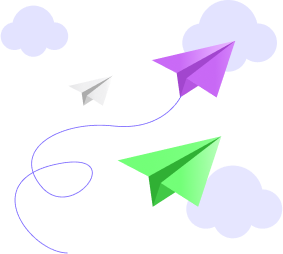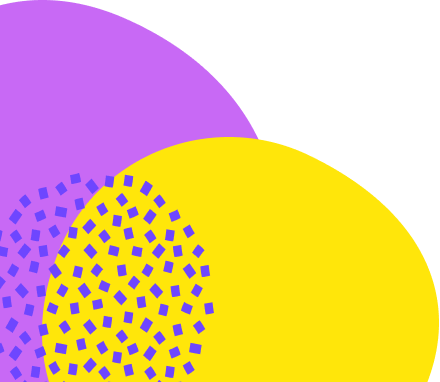Auxiliary Verb Definition with Examples


Would love to hear a simple explanation

Hello! No worries, auxiliary verbs can be tricky at first, but I promise they’re not as scary as they seem! Let’s break it down.
Imagine auxiliary verbs like little helpers for the main verb. They don’t work alone, but they help make sentences clearer!
There are three big helpers:
BE (am, is, are, was, were) → Helps show something happening
- She is playing. (right now)
- They were singing. (before)
HAVE (have, has, had) → Helps show something finished
- I have eaten my lunch. (already done)
- She had studied for the test. (finished before something else)
DO (do, does, did) → Helps in questions & negatives
- I do not like broccoli. (negative)
- Did you call me? (question)
- I do want ice cream! (for extra feeling)
Easy Trick to Remember
BE = ongoing actions (is running)
HAVE = completed actions (has finished)
DO = for questions & negatives (do not, did you?)
Hope this makes things smoother!







